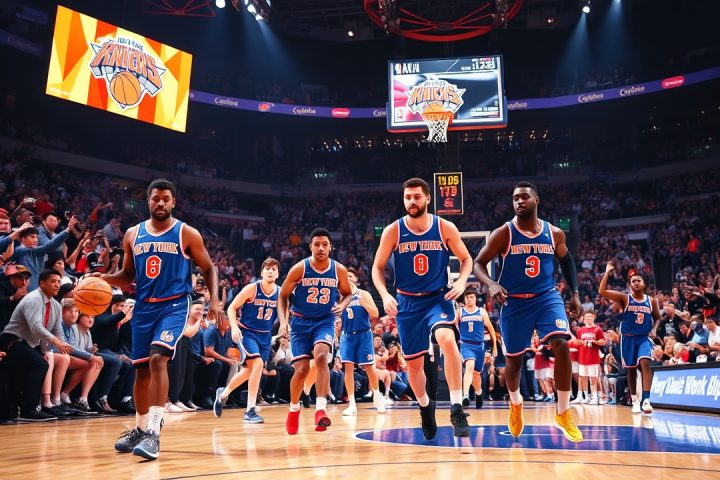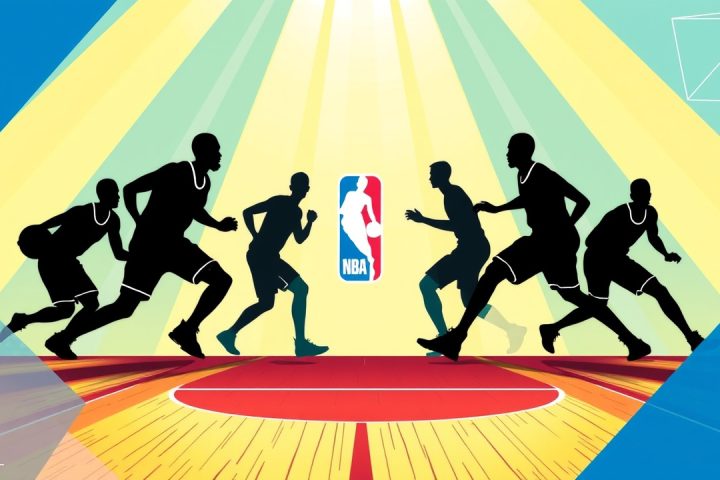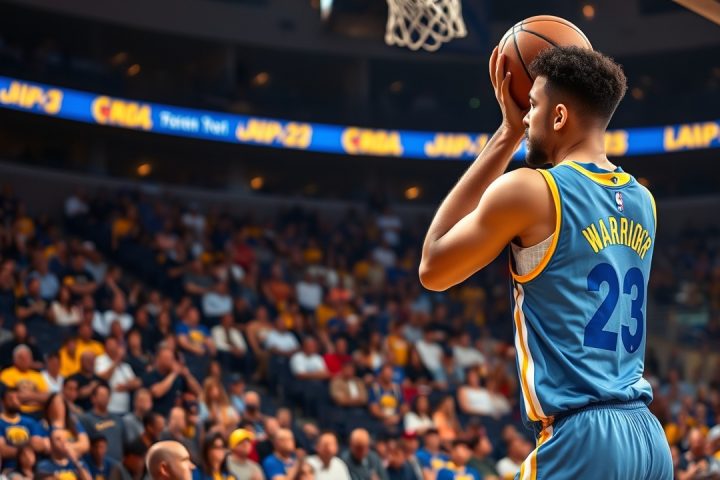The Dynamics of NBA Trades
The intricate dynamics of NBA trades can often resemble the process of completing a complex puzzle, particularly when it involves multiple teams. As a former vice president of basketball operations for the Memphis Grizzlies, I have witnessed firsthand how major deals, such as the recent seven-team trade, come to fruition, often stemming from simpler, earlier arrangements.
Understanding Multi-Team Trades
To understand why teams may opt for a multi-team trade rather than individual transactions, it’s crucial to grasp some basic principles of the NBA’s collective bargaining agreement. When trades occur simultaneously, they allow teams to utilize a larger trade exception compared to trades executed back-to-back, which can limit financial flexibility.
For instance, during the 2016 trade deadline, the Grizzlies orchestrated a deal to send Courtney Lee to the Charlotte Hornets. The challenge lay in the fact that the incoming players’ salaries were less than Lee’s, which meant the trade exception created would be minimal if done directly. To enhance the trade’s financial scope, the Grizzlies engaged the Miami Heat, who were striving to reduce payroll amidst the luxury tax. This collaboration resulted in a three-team trade that allowed Memphis to maximize their financial gains and meet league requirements for multi-team trades.
Blockbuster Trades and Their Evolution
The recent blockbuster trade involving superstar Kevin Durant is a testament to how such arrangements evolve. The deal, finalized on a Sunday, was rooted in five separate trades that had been discussed during the weeks leading up to the NBA Draft; the only addition from free agency involved the Atlanta Hawks. Although these trades could have been executed sequentially, consolidating them into one multi-team exchange made the process neater and more efficient for all parties involved.
Another prominent example occurred the previous year when Klay Thompson was signed and traded to the Dallas Mavericks in a deal that entangled six teams. That trade demonstrated how each transaction within a larger framework can yield trade exceptions compelling enough to facilitate further deals.
Key Trade Dates and Their Impact
Key trade dates, notably July 6 and the trade deadline, often serve as pivotal moments for multi-team trades. On July 6, teams enjoy ample time to craft deals by leveraging negotiations completed during the draft. Conversely, at the trade deadline, the pressing clock means that sequential dealings may not get league approval in time for completion, prompting teams to consolidate trades.
This summer, the Houston Rockets finalized a straightforward agreement with the Phoenix Suns, trading various assets for Durant. However, recognizing the timing and the ability to maximize the trade, they integrated the Atlanta Hawks into the mix, facilitating a sign-and-trade deal. This version of the deal met the requisite trade guidelines, enabling all participating teams to achieve a beneficial outcome.
Broader Implications of Multi-Team Trades
The extensive swap also had ramifications for additional teams like the Brooklyn Nets, Minnesota Timberwolves, and Los Angeles Lakers, who were all connected through multiple draft pick exchanges originating from the trades initiated by the Houston deal.
Despite an apparent confusion surrounding the Memphis Grizzlies’ absence from this multi-team affair, it appears they opted to hold back on joining the fray, possibly to maintain flexibility for their own future trades.
The Future of NBA Trades
Such complex multi-team trades are becoming increasingly prevalent in the NBA, and as seen in previous years, they often represent a mix of active players and draft capital, while the opportunities for future trades continue to flourish. As the NBA landscape continuously shifts, the likelihood of more convoluted and strategic trades echoing the recent Durant deal seems imminent. Exciting times lie ahead for the league, especially as teams engage in creative maneuvers to optimize their rosters for the upcoming season.




